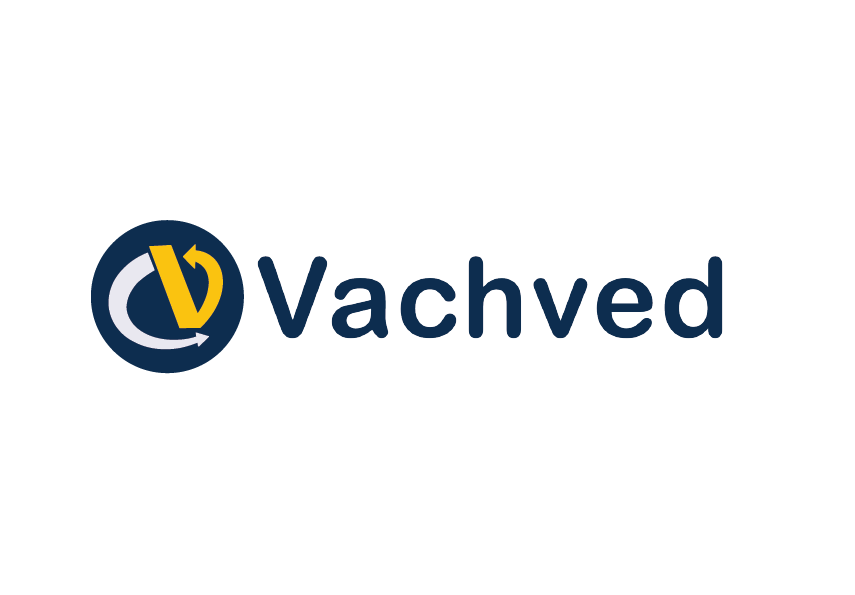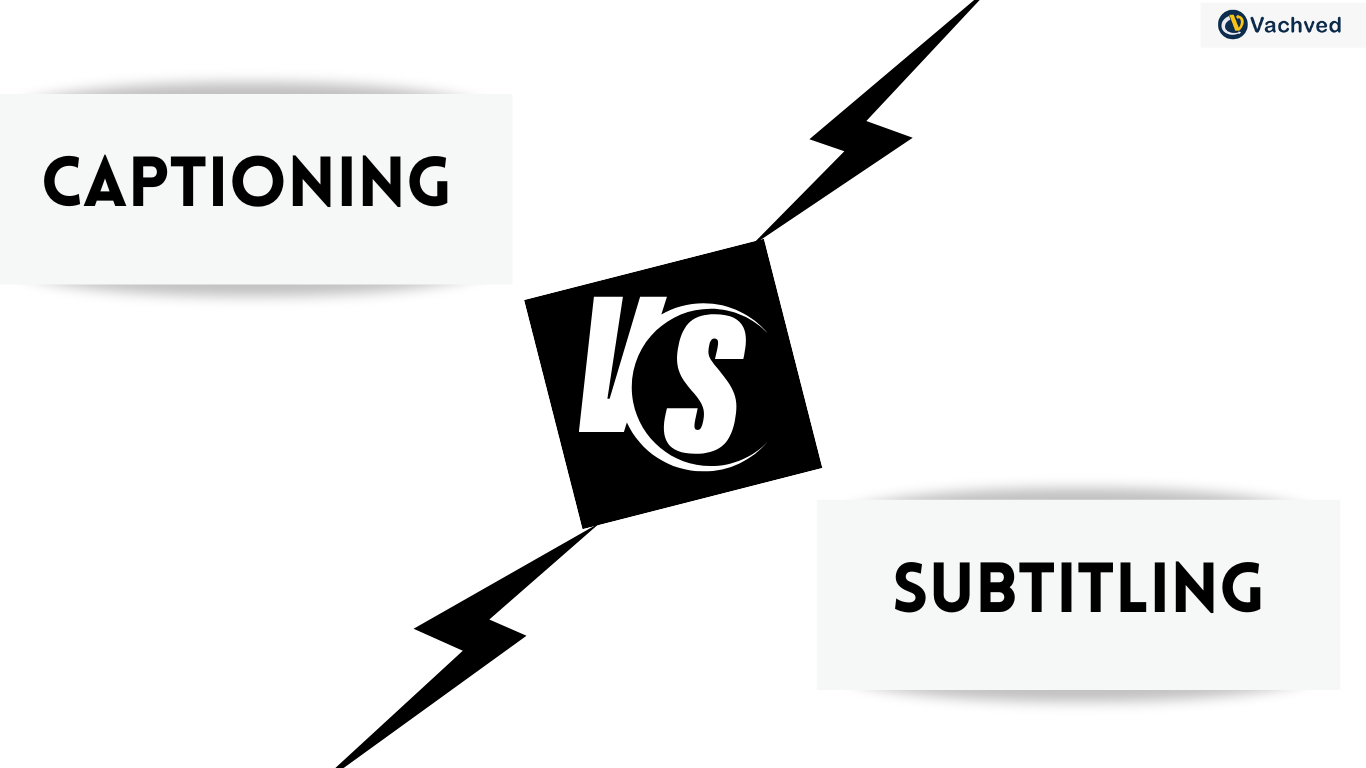Differences Between Captioning & Subtitling Services
Introduction
Video content is widely available in the modern digital era on social media and streaming services. Making sure that video content is accessible to a wider audience is becoming more and more crucial as more people watch and consume it. This is when the use of captioning & subtitling services is necessary. Despite the fact that these terms are frequently used synonymously, they have distinct functions and target audiences. Knowing the differences between captioning & subtitling services is crucial for individuals working in the content creation, business, or educational sectors.
What is Captioning?
Transcribing spoken words and other significant noises from a video into text is known as captioning. Next, this text is shown on the screen, typically in time with the music. For those who are hard of hearing or deaf, captioning is extremely crucial since it enables them to comprehend the audio material through text.
There are two primary categories of captions: closed captions and open captions. Open captions are always shown on the screen, however closed captions are adjustable by the viewer. Although they serve different requirements and preferences, both types offer useful accessibility features.
The purpose of Captioning-
Making video content accessible to anyone who might have trouble hearing the audio is the main goal of captioning. But accessibility isn’t the only consideration. By offering a text representation of the audio, captions can also improve the user experience. This is especially useful in loud locations or with low sound quality.
Legal requirements in numerous nations mandate the inclusion of captions for specific media formats. For instance, the Federal Communications Commission (FCC) and the Americans with Disabilities Act (ADA) in the US require captioning for a variety of broadcast and internet content.
What is Subtitling?
Conversely, subtitling is the act of converting spoken words in a video into text that is shown on the screen. The main purpose of subtitles is to enable viewers who do not speak the same language as the video to understand the content. Subtitles serve an audience that could not comprehend the language being spoken, whereas captions are intended for the hard of hearing.
Although spoken speech is usually the main focus of subtitles, they can, when appropriate, also provide important non-verbal clues like background noise or music. This guarantees that viewers who do not speak the language of the video well can understand its content easily.
The Purpose of Subtitling-
Content accessibility for a global audience requires subtitles. With the growth of streaming services like Netflix and YouTube, individuals worldwide are consuming video content. By removing language barriers and enabling viewers to experience information in their own language, subtitles help to increase the content’s reach.
Subtitles not only enable non-native speakers to access content, but they can also be used to express cultural nuance that could be lost in translation. Subtitles can help viewers in understanding the nuances of the content, even if they are unfamiliar with the culture being portrayed, by offering context and explanations.
Key Differences Between Captioning & Subtitling Services-
While captioning & subtitling might seem similar at first glance, they have distinct differences that set them apart. Let’s read about these differences for clarity.
| Basis | Captioning | Subtitling |
| Content Focus | Includes spoken dialogue, sound effects, and speaker identification. | Primarily focuses on translating spoken dialogue. |
| Target Audience | Designed for the deaf and hard of hearing. | Designed for viewers who speak a different language. |
| Language | Usually in the same language as the audio. | Translates the spoken language into another language. |
| Legal Requirements | Often required by law for broadcast and online content. | Not typically legally required but crucial for global reach. |
| Display Format | Can be closed (toggleable) or open (always on screen). | Typically always visible on screen. |
| Cultural Sensitivity | Less focus on cultural translation. | Includes cultural nuances and context. |
When to Use Subtitles vs. Captions
Knowing whether situation calls for captioning as opposed to subtitling relies on the kind of content you’re making and the target audience you want to reach.
-
Type of Content
Content such as corporate presentations, instructional films, and live broadcasts are frequently captioned. It’s especially helpful when you have to make sure the information is understandable to those who have hearing issues.
In contrast, subtitling is more frequently used in films, television series, and internet videos that aim to appeal to a global viewership. Subtitling is crucial if you want individuals who speak different languages to be able to view your content.
-
Audience Needs
Captioning is the best option if the individuals who are mostly watching your video are hard of hearing or deaf. It offers a thorough textual depiction of the audio, along with non-verbal components like sound effects.
It is vital to use subtitling to translate spoken English into the native language of viewers if you are targeting viewers from multiple nations. By adding context and cultural relevance, this not only improves the watching experience but also makes your information easily understandable.
-
Distribution and Platform
The criteria and capacities for captioning and subtitling vary throughout platforms. For instance, multimedia producers can reach a wide audience by using the captioning & subtitling features offered by Netflix and YouTube.
It’s crucial to take the platform’s capabilities and your audience’s needs into account when organizing the distribution of your content.
Common Challenges for Captioning & Subtitling Services
-
Synchronization
Keeping the text and audio in perfect sync is one of the main challenges of captioning and subtitling. Uneven captions or subtitles might cause viewers to become disinterested and reduce the overall experience.
To avoid this, it’s important to invest time in carefully timing your captions and subtitles. Making use of expert technology or services can help guarantee that everything is aligned properly.
-
Accuracy and Cultural Sensitivity
Translation accuracy is crucial for subtitling. If cultural subtleties are not accurately expressed, a poorly translated subtitle may potentially cause viewers to become confused or even offended. Working with translators who are both culturally aware and proficient in the target language is crucial.
Accuracy is also necessary for captioning, particularly when transcribing spoken words and sound effects. Go over your captions carefully; even the smallest errors can cause miscommunications.
-
User Interface
Subtitles and captions should complement the viewing experience rather than take away from it. This implies that they have to be simple to understand, paced just right, and positioned properly on the screen. Make sure the font you use is readable in terms of both size and style to avoid overcrowding the screen with content.
Conclusion
Anyone working on a video production project has to know the distinction between captioning & subtitling. Although they both help to increase content accessibility, their target audiences and requirements are different. Subtitling is essential for reaching a worldwide audience, and captioning is essential for guaranteeing that those with hearing impairments can view your content.
Whether you choose to use captioning, subtitling, or both depends on your content, audience, and platform. And if you need professional assistance producing correct, accurate, and culturally appropriate captions and subtitles, contact Vachved as we provide the best captioning & subtitling services. We can help you make your video content more engaging whether you’re making it for a local audience or trying to reach viewers worldwide.







